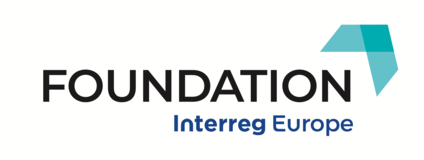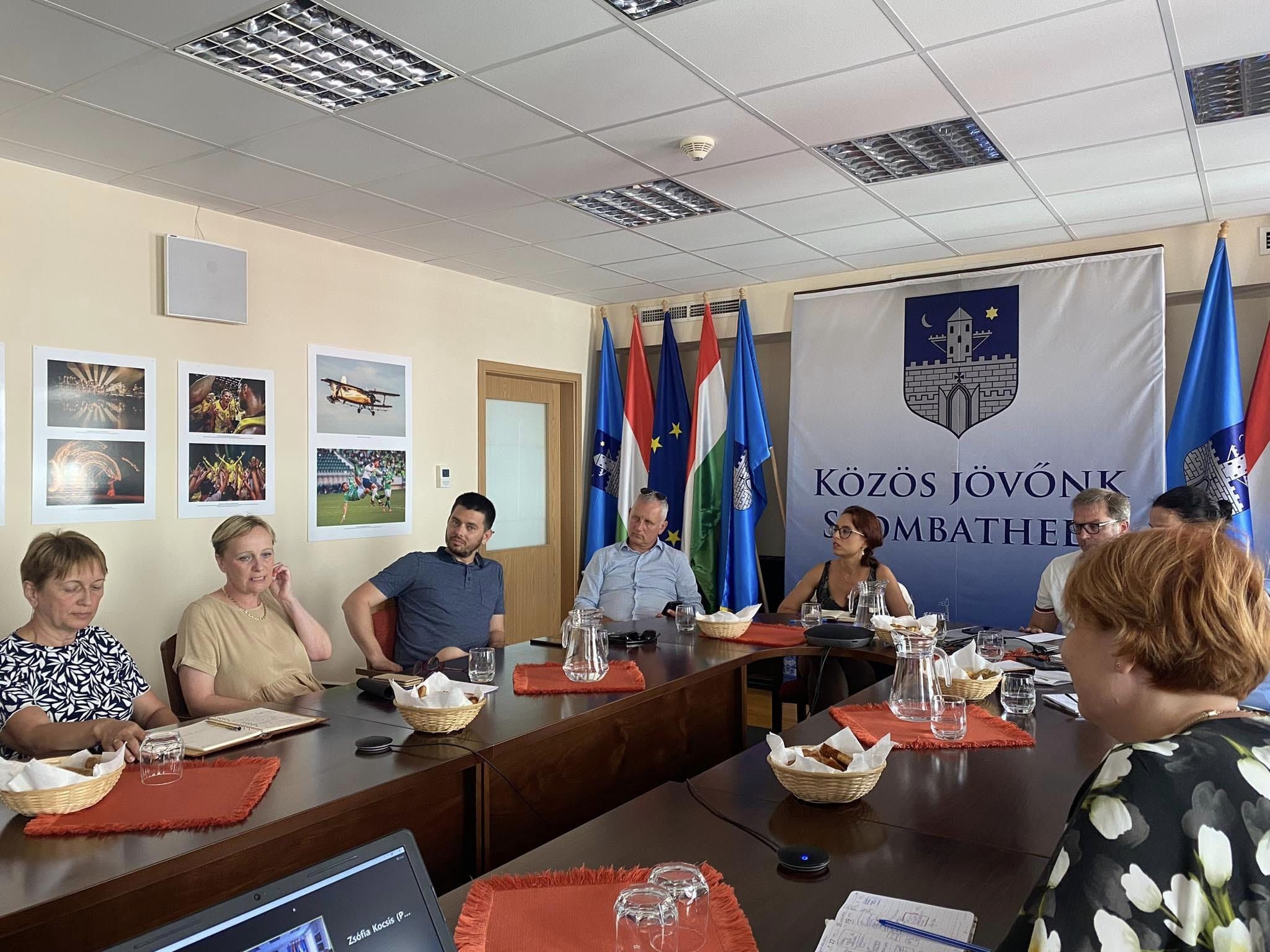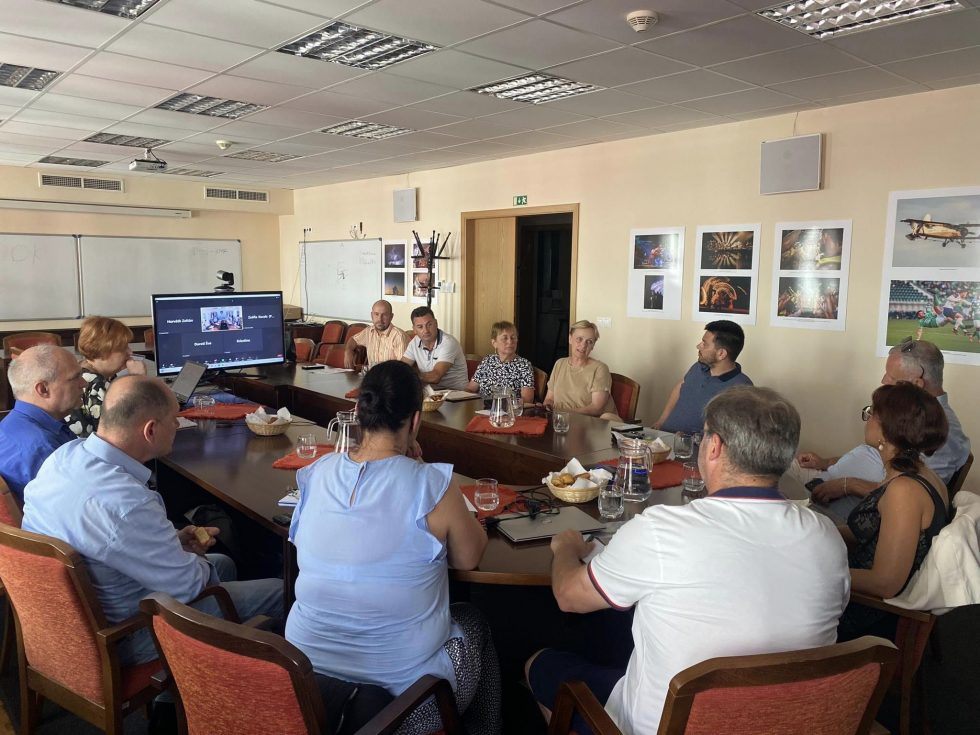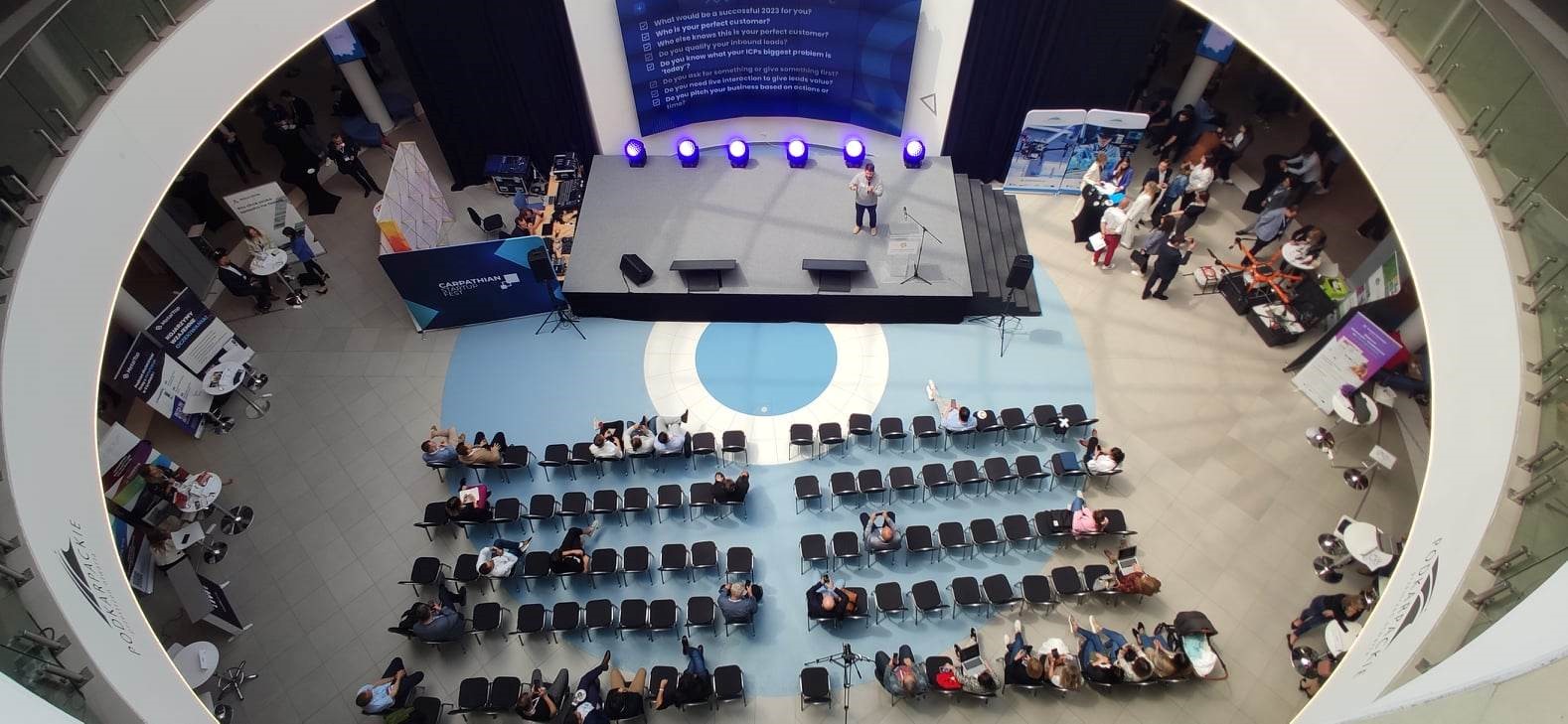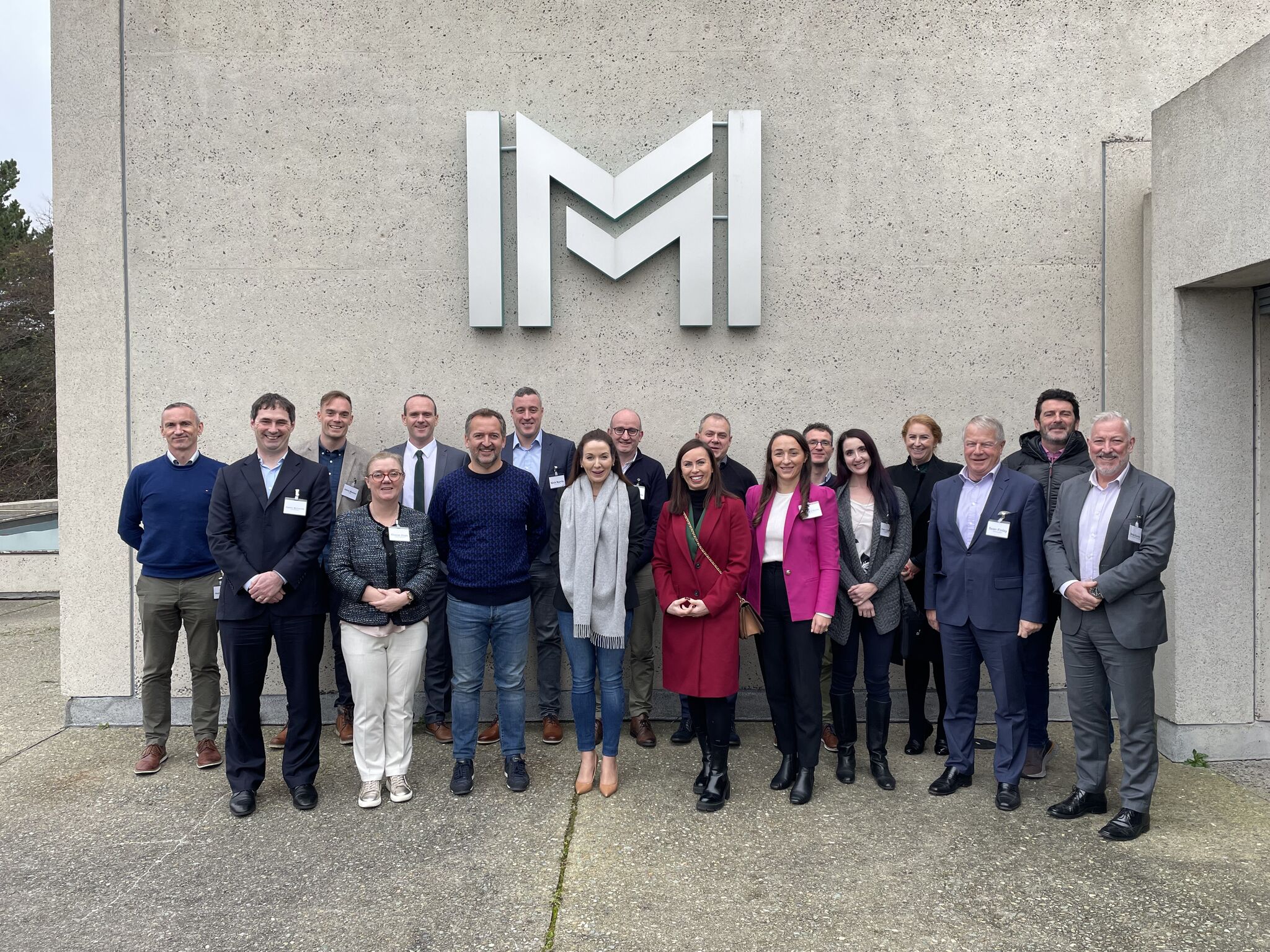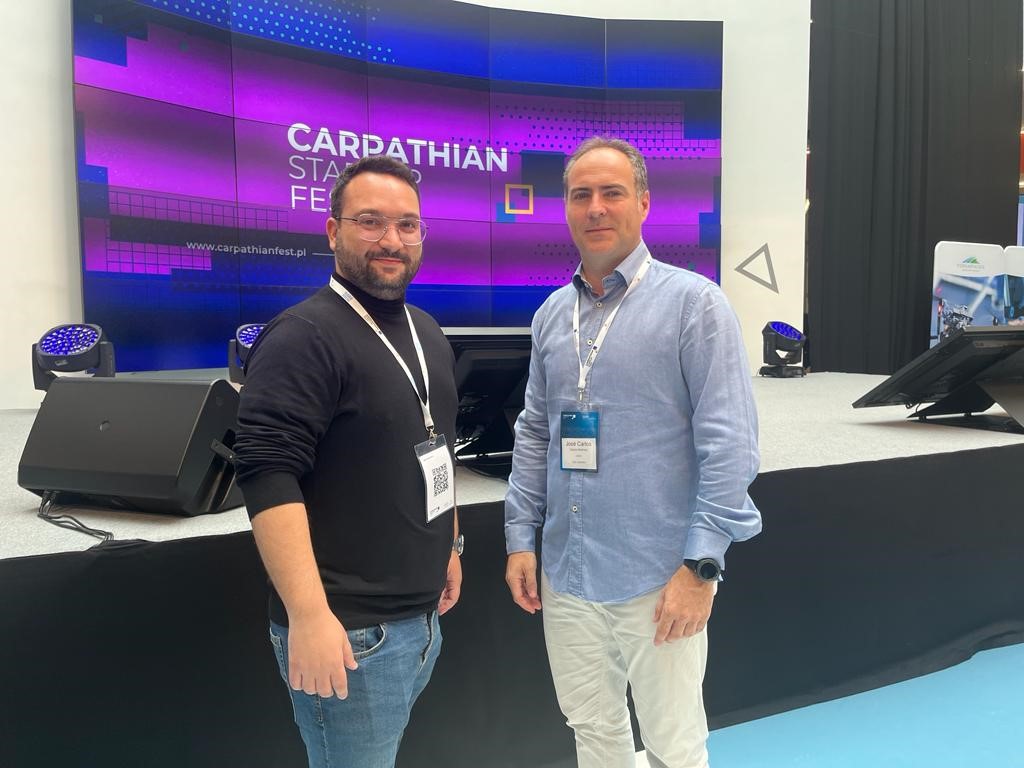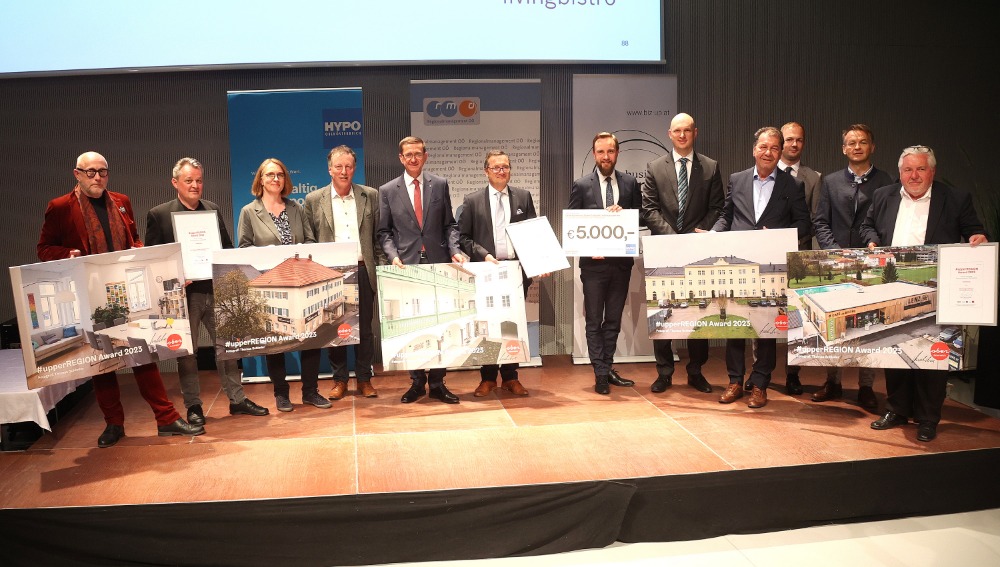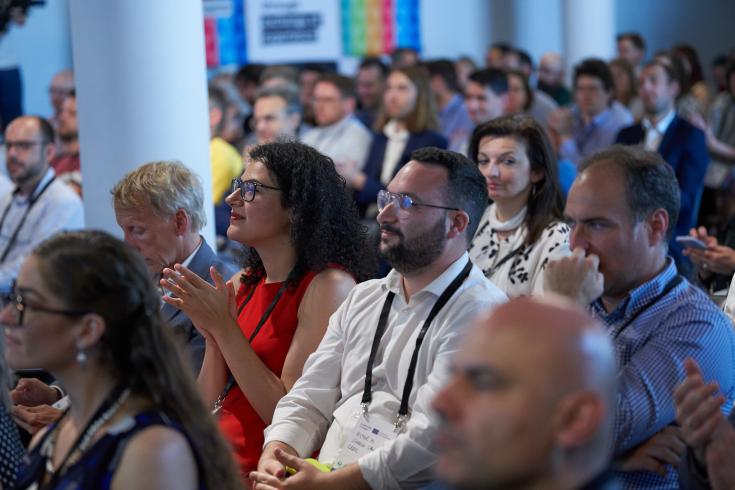Local authorities manage a number of buildings. There can be different service providers involved in the provision of energy and waste services (water services are all provided by Irish Water) and these bills typically go to the individual buildings or regional head office. Consequently, gathering environmental resource related data for prevention and minimisation purposes is challenging and time consuming. Through the development of an online app that collates all the relevant resource data Cork County Council have streamlined. Through added functionality, benchmarking of performance as well as targeting of improvement areas has been included.

The app was initially developed to take energy related data straight from service providers and link it to the appropriate site. This has been very successful and has allowed the different sites to be compared and high users targeted. The app was expanded to include waste and water data. To supplement these, on-site waste and water survey were conducted to provide a deeper understanding of the reasons for the use of water and the generation of wastes. This has allowed specific waste streams to be targeted as well as high water using devices to be identified for retro fit. All of these actions are contributing to the local authority addressing its commitments to the UN SDGs.
The main stakeholders involved in the project thus far include: Cork County Council, NIMBUS (MTU), the Clean Technology Centre (MTU) and the Environmental Protection Agency
The initial development of the app started with Interreg Funding (€25k). This was used to develop the initial concept and build the preliminary software. The second phase was from the national Innovation Public Fund (€30k) and this was used to further develop the software, include all the links to the various energy suppliers, get all the buildings listed and trial the UI/UX interface. The 3rd phase expanded the app to include waste and water information for a sample number of buildings. This was provided through the EPA’s Local Authority Prevention Network fund (€10k).
Additional costs included:
• Time (human resources) for setting up the links to service providers. This involved local authority staff so difficult to put an exact number on it
• Costs of conducting waste and water surveys – this included local authority staff time as well as technical assistance through LAPN (~€5k)
Analysis of results and production of annual reports – as above with external costs estimated at €5k
This project is very much in its infancy but the project team have applied for funding to test drive it with a number of other national actors including:
• Other local authorities
• Government departments
• National agencies
The level of interest in participating reflects the appetite for a single system that can gather, track and monitor resource use across multiple buildings.
The main issue encountered during the process was institutional. There was a need to convince management in the local authority of the need for this central system was initially challenging. However, with increased demand for resource reporting across multiple buildings its potential was quickly realised.
With the reporting requirements that will come as we near 2030 there will be an increased need to report in a consistent manner at all levels of society. The institutional bodies involved in supporting government (both local and national) will need to lead by example. In terms of time efficiency and consistency of reporting, using a consistent and well researched app based system such as this will allow those using it to track and report on progress in an easy and transparent manner. This is reflected by the interest of a number of different institutional actors in the 4th phase of its development (2021).
